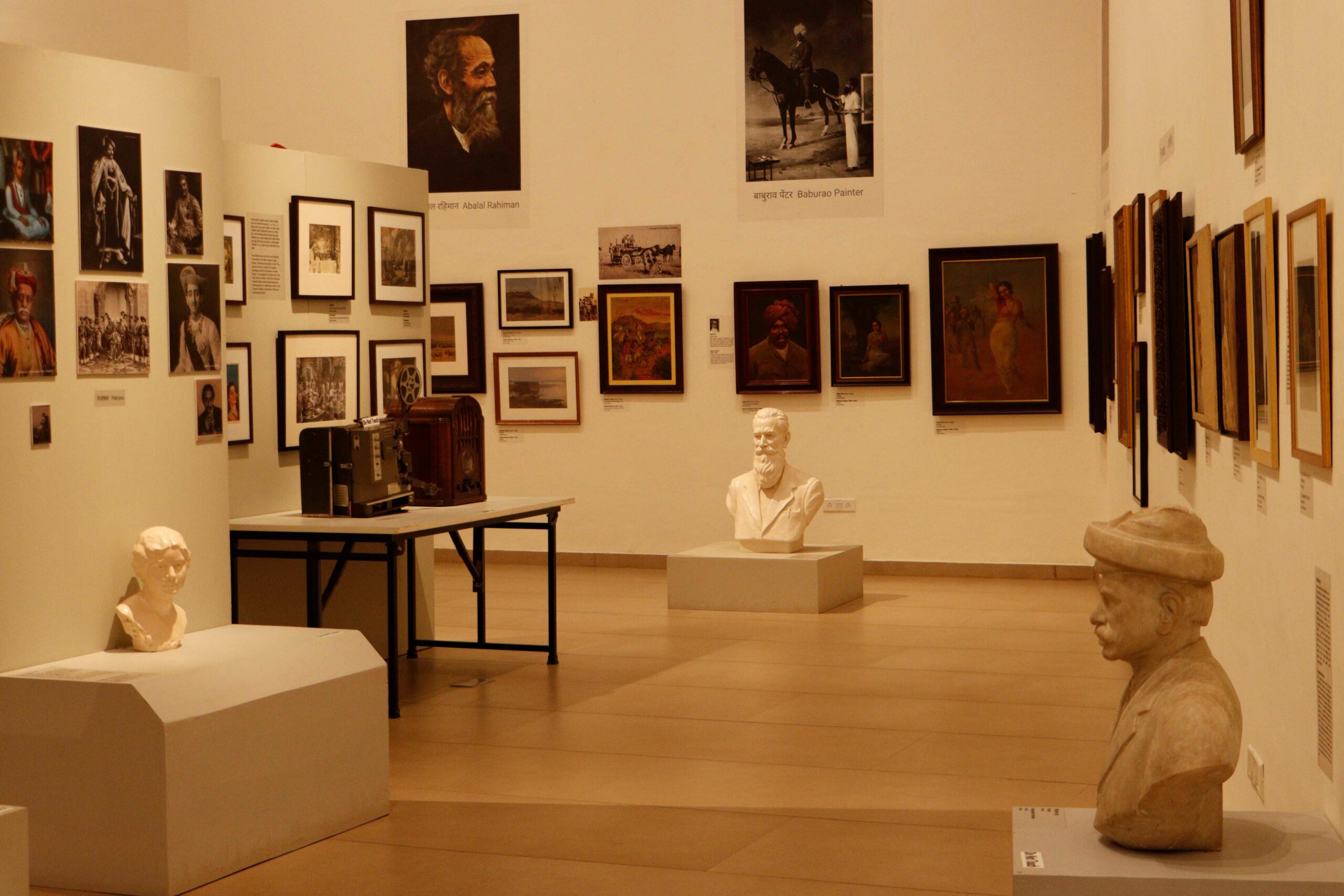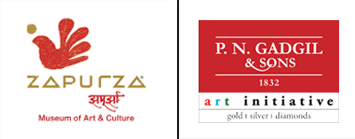Curatorial Note:
Maharashtra School – Art & Thought Part I
The reference to Maharashtra can be traced back to ancient times. The reference of art in Maharashtra dates back to 12000 years with the recently discovered petroglyphs in Konkan and of course the Ajantha paintings dating back to 2nd century B.C. The land is known for its distinct characteristics and it is not just coming from the region but the people, the fighters, rulers, saints, reformers, educators, patrons, institutes, industry, theatre, cinema, artisans, artists and common Marathi people.
If you look back there are stories of valour, pride and rebellion. There are scarcely any stories about lavishness and luxury. The idea of wealth here is about knowledge, humanity, equality and spirituality. The Cambridge Economic History of India says that the economic condition of Maharashtra on the eve of the arrival of the British had a salient feature, The 12 Balutedars and Alutedars or Twelve artisans and assistants were the backbone of the economy and gave birth to the barter system which was practised all over India.
The Balutedars were the artisans and responsible for the rich folk arts, this could be the reason that there was a reason to master or perfect the technique in the arts was always on the mind. One can see this thinking becoming prominent in the British Academic style of painting after the establishment of
- J. school of art in Mumbai.
In this exhibition, we are talking about two different streams of painting approaches in the
pre-independence era. ‘British Academic’ and ‘Bombay Revivalist’. We are also talking about the strong Marathi Sangeet Natak that was a primary form of art showing mythological stories and how the others like painting became subservient and followed the mythological subjects. This eventually changed with the influence of Parsi Theatre, Radio, J. J. School of art and each and every art form started finding
its own identity. We will try to find the direct-indirect connections and the influence of education, bhakt, reforms, industry and the western lifestyle reflected in the art.
This is also a celebration of the great artists constantly working to achieve solace and leading to the progressive thoughts, this exhibition will lead to the second part where the Maharashtrian artists from post-independence will appear with more shades to present the characteristics of Maharashtra.
We will shortly announnce PART II.
– Raju Sutar (Artist/ Curator)



